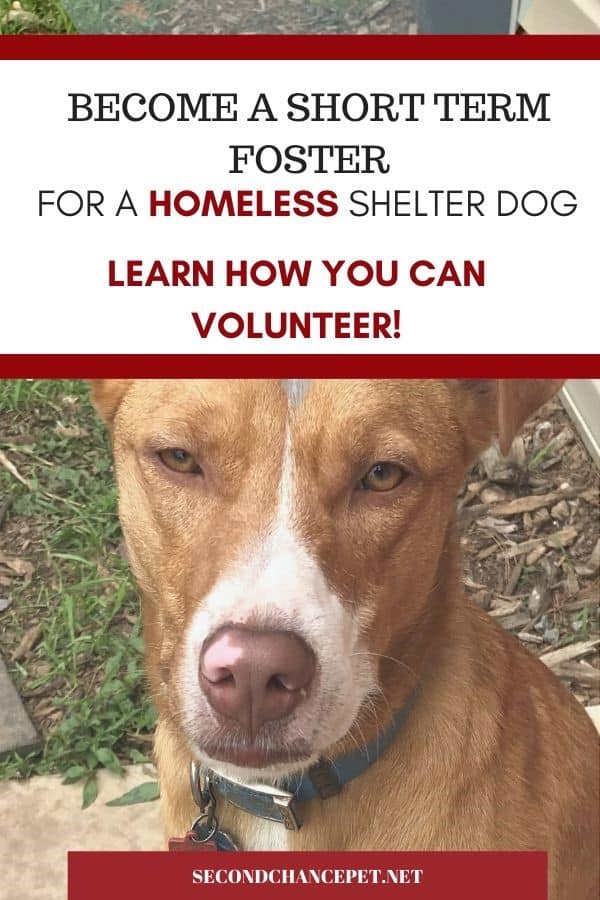
FOSTERING – DOGS
Many animal rescues are foster-based, meaning they have no central shelter, but house their animals up for adoption with volunteers in private homes. Many thousands of dogs and cats owe their lives to individuals who step up to provide love, care, and some training while a rescue searches for the perfect permanent home.
This post will be about fostering dogs – another post covered fostering cats and kittens.
There are two kinds of fosters: Foster successes, and foster fails. Foster successes are temporary pet parents who do not adopt the animals they foster, but cooperate in finding these guys permanent, loving homes. Foster fails (and I’m afraid I have to raise my hand here), start out with the intention of being foster successes, but then end up adopting their foster furry child.

HOW DO I APPLY TO BE A FOSTER?
Rescues who need fosters have Facebook pages and websites which usually have the foster application there. If you can’t find the application, drop the rescue an email and they’ll be happy to send one along.
Foster applications are very similar to adoption applications. The organization will ask questions about your living arrangements, the amount of time you’re gone from the home, what sort of fencing you have (if any), your other animals, etc. Most will also do a home visit – the last thing anyone wants is to send a rescued pet into another bad situation.
Some rescues will request a time-length commitment; others will work with you to have someone else step take over for vacations or other out of town trips. Be sure to ask about this when applying.
Rescues keep a list of available fosters. If you’d like to be added, please let them know. That way, they can call you when they take in a dog they think you’d be a good foster for.
HOW MUCH DOES IT COST TO FOSTER?
Generally, nothing. Most rescues will provide food, medicine, a crate, and, of course, veterinary expenses. Be aware, though, that, for the latter, you will have to have prior authorization from the rescue. A few ask that you provide the food. Even if your rescue does not, please do so if you can possibly afford it. Anything you can provide saves some money for the organization that can be used for other dogs in distress.
WHAT TYPE OF DOG SHOULD I FOSTER?
That depends on you, the rescue, and what you’re looking for from the experience. I once had someone tell me that the only way she was able to be a foster success was by fostering the type of dog she wouldn’t normally adopt. (In her case, she loved big dogs, so she only fostered small ones.) Other fosters always choose the same breed or breed mix.
If you enjoy the company of calmer dogs, there are plenty of rescues who work with only senior animals. Puppies often need short-term fosters. To be successful at this you’ll need to work from home or be employed on a part-time basis only.
Sometimes you’ll feel a connection with a dog and choose them to foster. One foster I know asked to foster a dog who was a herding breed. She was asked whether she had a fenced-in yard and, when she said she did not, was told that was not the dog for her. The shelter then suggested another dog who would suit better, and she ended up falling in love and adopting him! Listen to the shelter staff – they really do know best.
INTRODUCING YOUR FOSTER TO YOUR CURRENT PETS

Rescues all have their own procedures. When I fostered, I brought my dogs to the shelter and did an introduction outside. Since I had experience doing dog-to-dog meetings, the shelter staff was not involved. One of my dogs is very anxious, and did not do well on the first introduction. However, when she realized I wasn’t returning her to the shelter, she did great on the second one. I ended up fostering, and eventually, adopting the new dog. (Photo above.)
Other rescues have a firm two-week isolation policy which enforces separation from the other animals in the home for 14 days. This is believed to help the new foster adjust without having to deal with current pets.
Whatever the policy of the rescue you’re working with, please follow it. If you’re a reliable foster, you’ll get calls when there’s a dog in need.
WHAT CAN MY FOSTER DOG LEARN BEING IN MY HOME?
Your foster can learn many things, including:
- Trust. Many of these dogs come from frightening situations which may make it difficult for them to trust humans. And a dog who trusts is always a much easier adoption.
- Playing well with others. Some dogs, raised in isolation, don’t know how to “dog”. If you have your own pet dogs, they can show the new guy the ropes and teach him what is acceptable in dog to dog relations.
- Living in a home. There will be some animals who have never been inside a home – chain dogs, long-time strays, etc. A simple flush of the toilet may see them running for cover. They will need help and reassurance as they navigate this very new environment.

HOW INVOLVED WILL I BE IN FINDING A FOREVER HOME FOR MY FOSTER?
This depends on the rescue, your level of experience, and your desire to be involved. Most organizations encourage you to introduce your foster to friends, post about her on social media. This lets people know that she is available to adopt.
You will be asked to provide information about how the dog reacts in everyday life, personality, likes, etc., either to the rescue alone, or to them and prospective adopters. If you would like to be heavily involved, please ask. Some rescues are more than happy to have you participate in home visits, talk to possible adopters on the phone, or answer questions via email. Tell (as one foster I spoke with put it), the good, the bad, and the ugly. You don’t want the adopting family to get any unhappy surprises.
Remember not to promise anything to any adopters you may speak with. The final call on whether this would be a viable home for any particular dog is the rescues’. If you love the family who is applying to adopt, tell them that you will put in a good word, but never tell them they have the dog.
SAYING GOODBYE
No way around it, this will be difficult. Maybe even one of the most difficult things you’ve ever done. But finding the right forever home for your foster is very rewarding. It also allows you to help save another life by being able to open your heart once again to another animal in need.
IN SUMMARY
Most fosters I have spoken with would gladly do it again. Some have fostered more than 20 dogs over the years. If you have room in your home, animals who would not mind sharing your attention with another dog, and the time and patience to help, please contact your local rescue. Although I am not currently fostering since I have two geriatric dogs with health issues, I would certainly do so again when my situation allows.
For every dog you foster, you are saving two lives – the one in your home, and the space it gives a rescue to take in another abandoned pet.
For other ideas how to help your local shelter or rescue, read my earlier post here.

Photo of woman petting a puppy by Mean Shadows on Unsplash
Photo of two dogs curled up together by Matthew Henry from Burst








This Post Has 4 Comments
very good post. we foster senior pugs. we have had 3 since last March.
Good for you, Janice! The seniors are often so hard to find homes for – thank you for looking after them.
Comments are closed.